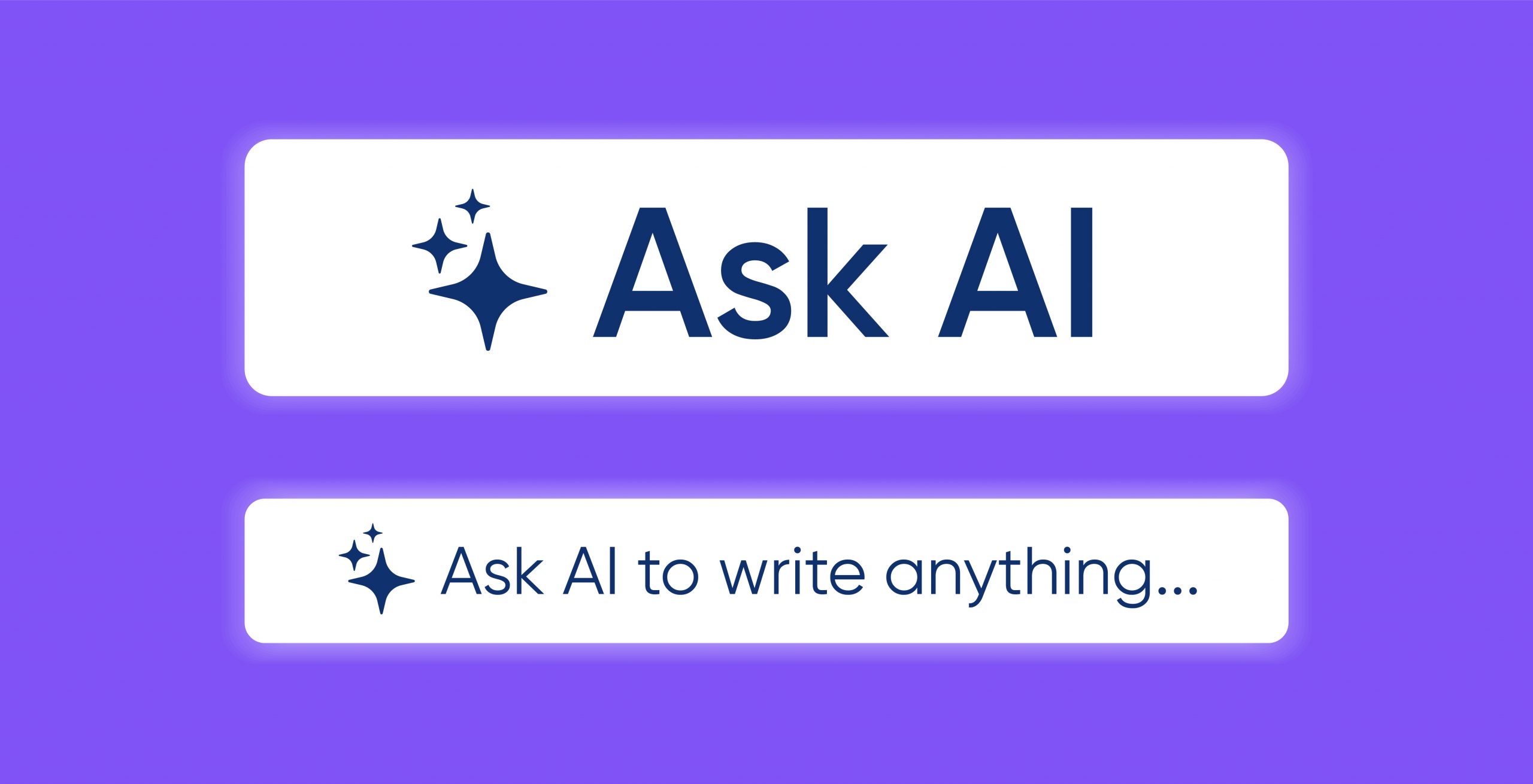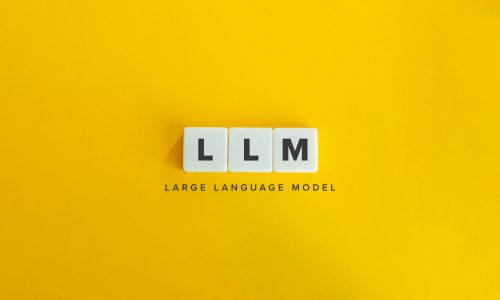
Impact of Large Language Models on Text Generation

Introduction
In the ever-evolving world of artificial intelligence, large language models (LLMs) have emerged as a cornerstone of innovation, particularly in the realms of text generation and summarization. These models, characterized by their vast size and complexity, have transcended the traditional boundaries of language processing, offering unparalleled capabilities in understanding, generating, and even translating natural language.
The groundbreaking advancements in natural language processing have been a cumulative effort of years of research and development. Today, LLMs are not just confined to the theoretical aspects of AI but have become integral to numerous practical applications, significantly impacting how we interact with machines and digital content. From academic research to business applications, LLMs are reshaping the landscape of communication and information processing.
One of the key drivers behind this revolution is the sheer computational power and architectural sophistication of these models. By harnessing the potential of advanced neural networks and massive datasets, LLMs can generate coherent and contextually relevant text, perform complex summarization tasks, and even engage in human-like dialogue. This capability opens up a myriad of possibilities, ranging from automated content creation to intelligent data analysis, thereby setting new benchmarks in efficiency and creativity in various sectors.
Moreover, the development of LLMs has been a collaborative and inclusive endeavor, involving contributions from researchers, developers, and organizations worldwide. This collaborative nature not only accelerates the pace of innovation but also ensures a diverse range of perspectives and ideas are incorporated, making the technology more robust and versatile.
Evolution of Language Models
The historical evolution of large language models (LLMs) is a tapestry of innovation, marked by significant milestones that have shaped the landscape of natural language processing and AI as we know it today.
The genesis of LLMs can be traced back to the 1960s with the creation of the first-ever chatbot, Eliza. Developed by MIT researcher Joseph Weizenbaum, Eliza was a rudimentary program that utilized pattern recognition to mimic human conversation. This early experiment in simulating human-like interactions laid the groundwork for more sophisticated endeavors in natural language processing (NLP).
As the field matured, key innovations propelled the development of LLMs. One such breakthrough was the introduction of Long Short-Term Memory (LSTM) networks in 1997. These networks represented a significant leap forward, enabling the creation of deeper, more complex neural networks capable of processing larger data sets. This advancement was crucial in enhancing the models’ ability to understand and generate human language.
Another pivotal moment in the evolution of LLMs came in 2010 with the introduction of Stanford’s CoreNLP suite. This suite provided an array of tools and algorithms, assisting researchers in tackling complex NLP tasks like sentiment analysis and named entity recognition. These tools were instrumental in parsing and understanding the nuances of human language, thus enhancing the capabilities of language models.
In 2011, the launch of Google Brain marked a new era in the development of LLMs. This initiative provided researchers with access to powerful computing resources and advanced features such as word embeddings. This technology played a significant role in helping NLP systems comprehend the context of words more effectively.
The introduction of Transformer models in 2017 was another monumental step in the evolution of LLMs. These models, characterized by their ability to process sequences of data, laid the foundation for the development of highly sophisticated language models like OpenAI’s GPT-3. This architecture was pivotal in the creation of models capable of understanding and generating human-like text, leading to the development of advanced AI-driven applications like ChatGPT.
Capabilities of Large Language Models in Text Generation
The capabilities of large language models (LLMs) in text generation and summarization are at the forefront of AI innovation, representing a blend of advanced technology and creative prowess. These models have transcended traditional text processing, offering a diverse range of functionalities and applications.
Text Generation
In the realm of text generation, LLMs have made significant strides. They are adept at generating text from descriptive prompts, enabling the creation of content that ranges from factual reports to creative writing. The text produced by these models is informed by their vast training data, allowing them to mimic a variety of writing styles and tones. This capability has far-reaching implications, particularly in fields like journalism, content creation, and even literature, where AI-generated text can augment human creativity.
However, it’s crucial to acknowledge the limitations in the current stage of LLM development. Generated text can sometimes be mediocre or even comically off-mark. These models, while sophisticated, are known to invent facts, a phenomenon known as hallucination, which can lead to inaccuracies if not monitored carefully. Despite these challenges, the potential of LLMs in text generation continues to evolve, with ongoing advancements aimed at improving their reliability and authenticity.
Text Summarization
LLMs have also revolutionized the field of text summarization. They can efficiently condense large volumes of text into concise summaries, maintaining the core message and context. This ability is invaluable in areas such as academic research, where quick synthesis of extensive literature is necessary, and in business settings, where executive summaries of lengthy reports are often required.
The process of text summarization by LLMs involves complex tasks like sentence segmentation, word tokenization, stemming, and lemmatizing, among others. These tasks enable the models to understand and distill the essence of the text, providing summaries that are not only succinct but also contextually relevant.
Impact on Various Fields
Large Language Models (LLMs) are redefining the operational landscapes of various industries, revolutionizing how businesses and research entities interact with data and language. Their implementation stretches across a broad spectrum of applications, enhancing efficiency, innovation, and decision-making processes.
Academic and Scientific Research
In the academic and scientific research sectors, LLMs are increasingly playing a pivotal role. They facilitate the summarization and analysis of extensive scientific literature, enabling researchers to rapidly assimilate vast amounts of information. This capability is particularly vital in fields that are data-intensive and where staying abreast of the latest research is crucial. LLMs also assist in generating hypotheses and research questions by identifying patterns and correlations within large datasets.
Business and Marketing
The business world, particularly marketing, is witnessing a transformative impact due to LLMs. These models are employed to generate marketing copy, conduct sentiment analysis, and create content strategies. Their ability to analyze consumer behavior through social media posts and reviews offers valuable insights for marketing strategies. Moreover, in business communication, LLMs aid in drafting emails, reports, and presentations, streamlining workflows and enhancing productivity.
Software Development and Code Generation
In software development, LLMs have become instrumental in code generation and code completion. They assist developers by suggesting code snippets, identifying errors, and even writing chunks of code, thereby accelerating the development process. This not only enhances productivity but also allows developers to focus on more complex aspects of software design and architecture.
In essence, LLMs are not just tools but strategic enablers that are reshaping industries. Their ability to process, understand, and generate human language is creating new paradigms in data handling and analysis. As these models continue to evolve, their integration into various sectors will likely become a necessity, pushing the boundaries of what’s achievable with AI.
Challenges and Limitations
The journey of large language models (LLMs) is marked by both remarkable achievements and significant challenges. These challenges range from the intricacies of data management to the ethical and computational concerns surrounding their development and use.
Unfathomable Datasets
A primary challenge in developing LLMs is managing the enormity of pre-training datasets. These datasets have grown so vast that they exceed the capacity of human teams for quality-checking. This has led to reliance on heuristics for data filtering and sourcing, which can introduce biases and errors. Near-duplicates in data can degrade model performance, and benchmark data contamination—where training data overlaps with test sets—can lead to inflated performance metrics and misrepresent the model’s true capabilities. Additionally, the presence of Personally Identifiable Information (PII) in training data raises serious privacy concerns.
Tokenizer-Reliance
Tokenization, the process of breaking down text into smaller units or tokens, is essential for feeding data into LLMs. However, the necessity of tokenization introduces several drawbacks. The number of tokens required to convey the same information varies significantly across languages, which can make the use of LLMs unfair in terms of cost and performance across different languages. Additionally, tokenization schemes often struggle with non-space-separated languages like Chinese or Japanese, and greedy algorithms used in tokenization may favor languages with shared scripts, leading to suboptimal performance for low-resource languages.
High Pre-Training Costs
Training LLMs is a resource-intensive process, requiring hundreds of thousands of compute hours and substantial financial investment. The energy consumption associated with training these models is equivalent to that used by several typical US families annually. Scaling laws suggest that improvements in model performance require exponentially more data and compute resources, making the process unsustainable. This aspect of LLM development is sometimes referred to as “Red AI,” where top-tier results are achieved at the cost of massive computational resources.
Future Prospects and Developments
The future of large language models (LLMs) is poised at an exciting juncture, with innovations and developments that promise to further revolutionize the field of artificial intelligence and machine learning.
Advancements in Model Architecture
One of the primary areas of advancement is the evolution of model architecture. The integration of transformer architecture with pre-training methodologies has been a game-changer, and this trend is expected to continue. There’s a growing interest in developing multimodal capabilities, as seen with OpenAI’s GPT-4, which includes training on images in addition to text. Such advancements aim to ground LLMs more firmly in human experience or to provide new dimensions to data processing.
Potential Applications and Innovations
The applications of LLMs are expanding into various scientific research areas, such as materials discovery, molecular property predictions, and protein design. These developments indicate a shift towards using LLMs for more specialized and complex tasks. Additionally, there’s an emerging trend of developing smaller, more efficient models like the Alpaca model from Stanford University. These models aim to preserve similar capabilities as their larger counterparts but at a fraction of the cost and computational requirements.
Moreover, the debate on the understanding and sensory grounding of LLMs is driving research into more nuanced and sophisticated models. The exploration into whether models can develop a conceptual understanding from text alone, akin to human understanding, is a pivotal area of research.
Conclusion
As we reflect on the journey and impact of large language models (LLMs) in the realms of text generation and summarization, it becomes evident that we are witnessing a pivotal moment in the evolution of AI and machine learning. LLMs have fundamentally transformed the way we interact with information, enabling new levels of creativity, efficiency, and analytical capabilities.
The road ahead for LLMs is as challenging as it is exciting. The continuous advancements in model architecture, coupled with the exploration of multimodal capabilities and the push towards more efficient, smaller models, are setting the stage for even more profound changes. The integration of LLMs into various industries, from academia to software development, is a testament to their versatility and transformative potential.
As we navigate this dynamic landscape, the key to harnessing the full potential of LLMs lies in the strategic implementation and ethical consideration of their applications. The journey of LLMs is not just about technological advancements but also about understanding the broader implications of these models on society and human interaction.
In conclusion, LLMs stand at the forefront of a new era in AI, offering unparalleled opportunities for innovation and discovery. Their impact on text generation and summarization is just the beginning, and the future promises even more groundbreaking applications and developments in this exciting field.
Newsletter
You Do Not Want to Miss Out!
Step into the Future of Model Deployment. Join Us and Stay Ahead of the Curve!





